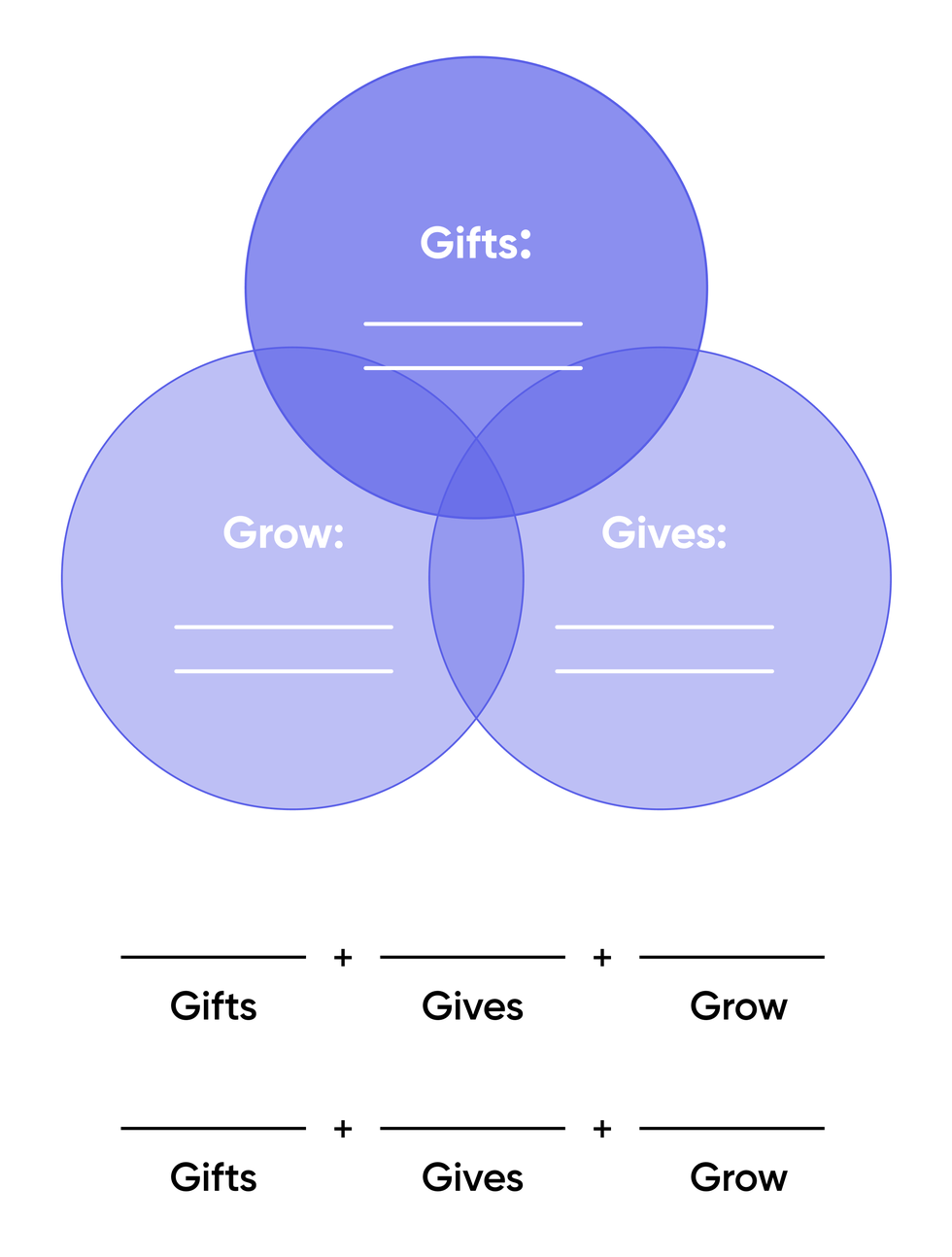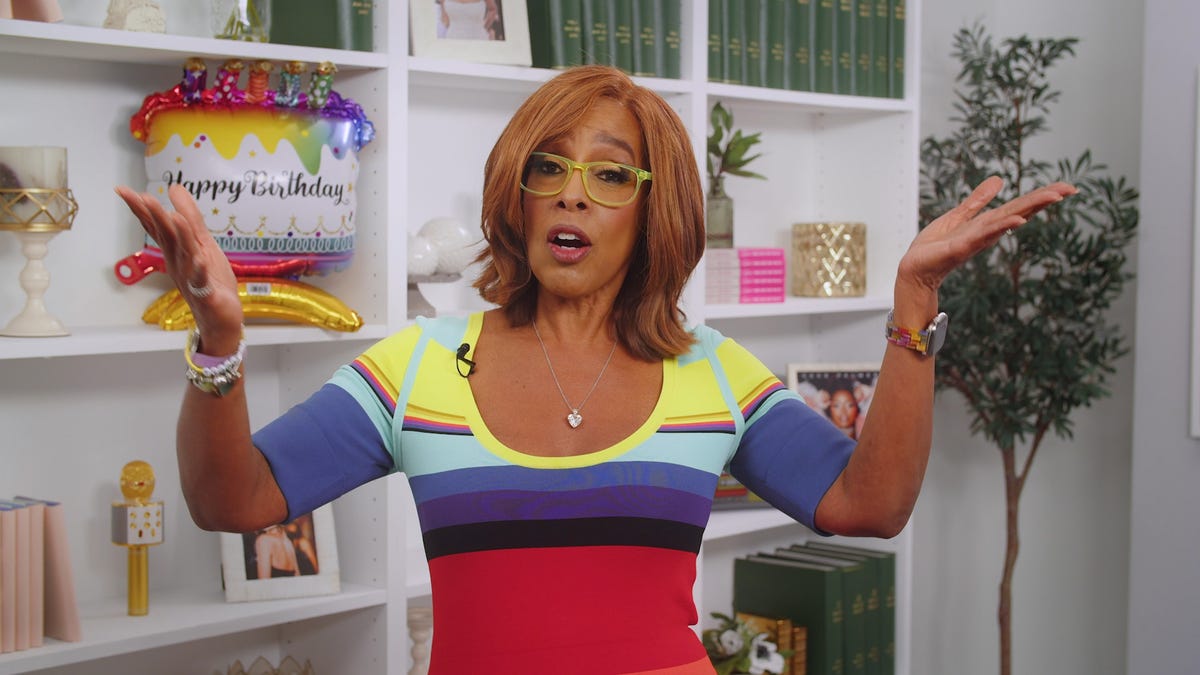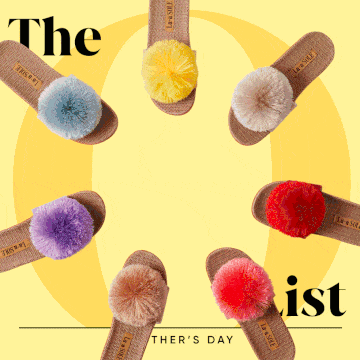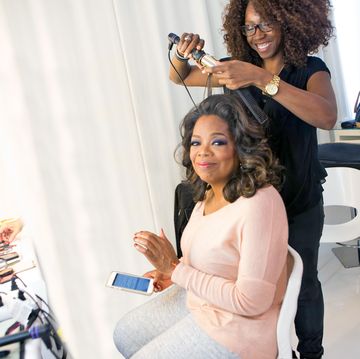Some people—certain brain surgeons or pastry chefs—have always known what their purpose in life was going to be. Then there’s the rest of us. Maybe we found it through raising thoughtful, curious, generous children (or newspaper reporting), and then that phase ended (or imploded with the digital revolution). Maybe we floated from thing to thing without ever finding a sense of meaning. Kevin Cashman has spent decades helping executives find purpose-driven leadership roles, and as the global co-leader of CEO and enterprise leader development at Korn Ferry search firm, he’s found that the same principles can help the rest of us find our way to a purpose-driven life.
How? Cashman starts with by asking people to think about “the three G’s.” The first is “What are your gifts?” But before you begin, Cashman says, it’s not just what you are good at or what you’ve learned. “It’s the enduring gift that, when you look back in your life, you see it showing up in your family, or socially, or at school, or in your career, or in your vocation,” says Cashman. “Something that energizes you. Purpose is spirit seeking expression.”
The second G is “What do you hope to give to the lives of others?” Because, as he says, purpose is not purposeful until it touches the lives of others.
The third G, Cashman says, is often overlooked: “What do you need to grow or develop in yourself to make your gifts even more powerful?” What do you—from this point forward—need to do to enrich and stretch yourself? “You’ve been being someone, and then as you go through this process, you’ll become someone,” Cashman says. “That growth actually makes our purpose a never-ending journey of contribution. It’s not static.”
It sounds straightforward, but as anyone who’s ever done a “Figure Out Your Life” exercise knows, we don’t always get it right the first time. Cashman, who’s also the author of Leadership from the Inside Out and The Pause Principle, says a big reason we hit a wall is that we mistake the “what” of our purpose for the “why.” For instance, we may think our purpose will be found in a career that allows us to use those gifts and start looking at job postings. That is, we put more emphasis on the skills and less on the way those skills and strengths can be given into the world. “The ‘why’ is ‘Why do we exist?’” Cashman says. “How did this particular genetic makeup and social, economic environment, and parents, and school, or that lack thereof, or spirituality or the lack thereof, all combine to create this particular being? And what can this being contribute to enrich the lives of others?”
He also notes that there isn’t just one purpose out there for most people. (Those infants who know from the get-go that they’re going to grow up to be brain surgeons or pastry chefs excepted, of course). He uses himself as an example. His Gifts are the combination of playfulness and insightfulness—these gifts allow him to authentically see and communicate with a variety of people. His Give is “to help others to grow beyond.” In other words, his insights and the way he delivers them help others find and better leverage their talents. Cashman’s Grow is “To do it together”—to work hand-in-hand with others and find ways of amplifying the effects. For instance, Cashman started his own leadership firm, but eventually sold it to Korn Ferry, in part to expand his own growth, but also to work together with the firm to advance ideas of executive leadership and development.
All three G’s show up in Cashman’s work. “The what and the why went together,” he says. “But it could’ve been a lot of different what’s.” For instance, he could’ve become a documentary filmmaker, using his insightfulness and playfulness to surface the ideas of unique individuals and help get those ideas out into the world together via films that captivate. Or he could’ve gone into counseling or become an author, again helping others leverage their own gifts. (He does note that your purpose may show up outside your job.)
Once you’ve completed Gifts, Give, and Grow exercises, he suggests putting the responses together in a variety of combinations. This will give you options, each a different manifestation of your purpose. Eventually you’ll choose a path, as Cashman did. His purpose now is “dancing between playfulness and insightfulness to grow beyond together.”
And that reminds him of one last point. When purpose statements are a little dry (or a lot jargony), he asks people to think about the person who inspired their Gifts or pointed out their effect on their corner of the world—for Cashman, it was his mother. “She was a master coach. It was just natural for her,” he says. “No matter what, she always helped me see another side to things.” So when he was stuck, he thought of his mother. “When she was happiest, she would dance the Charleston,” he remembers. “So that’s where the ‘dancing’ came from.”














